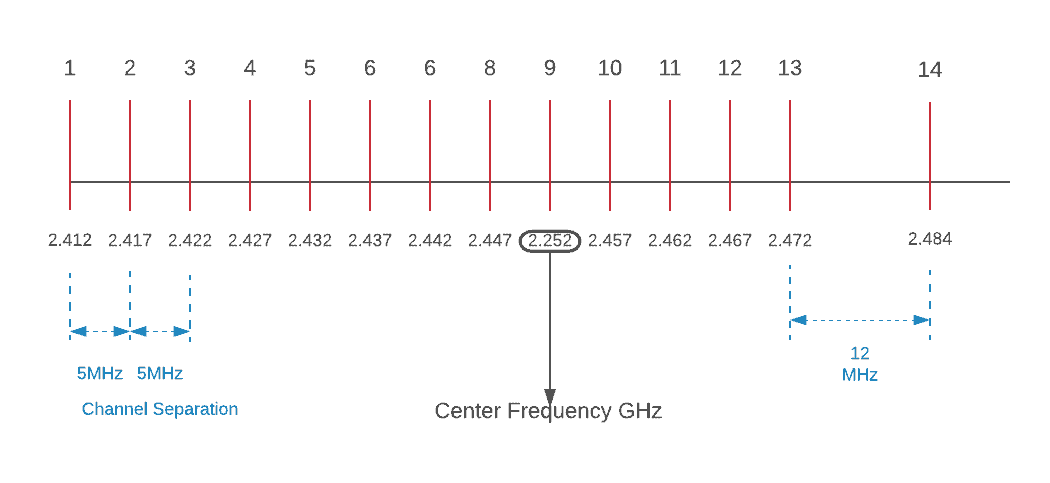Welcome to our guide on creating a 2.4 GHz WiFi spectrum! In this article, we will explore the ins and outs of setting up a 2.4 GHz WiFi network, the benefits of using this frequency band, and how to optimize your network for maximum performance.

Credit: www.researchgate.net
Understanding the 2.4 GHz WiFi Spectrum
The 2.4 GHz spectrum is one of the most common frequency bands used for WiFi communication. It offers good coverage and is suitable for everyday internet browsing, email, and light multimedia streaming.
Setting Up Your 2.4 GHz WiFi Network
Follow these simple steps to set up your 2.4 GHz WiFi network:
- Access your router’s settings by typing the IP address into your web browser.
- Locate the wireless settings and select the 2.4 GHz frequency band.
- Choose a unique SSID (WiFi network name) and set a strong password.
- Save your settings and restart your router to apply the changes.
Optimizing Your 2.4 GHz WiFi Network
Here are some tips to optimize your 2.4 GHz WiFi network:
- Place your router in a central location for better coverage.
- Avoid interference from other electronic devices like microwaves and cordless phones.
- Update your router’s firmware regularly to improve performance.
- Use a WiFi analyzer tool to check for signal strength and channel congestion.
Benefits of Using the 2.4 GHz WiFi Spectrum
There are several benefits to using the 2.4 GHz WiFi spectrum:
- Good coverage and range, making it suitable for medium-sized homes.
- Compatibility with older devices that may not support newer frequency bands.
- Less affected by physical obstructions like walls compared to higher frequency bands.
- Generally less congested than the 5 GHz band in urban areas.

Credit: study-ccna.com
Common Issues and Solutions
If you encounter slow WiFi speeds or connectivity issues on your 2.4 GHz network, try these solutions:
| Issue | Solution |
|---|---|
| Interference from other devices | Move your router away from electronic devices causing interference. |
| Outdated router firmware | Update your router’s firmware to the latest version. |
| Signal interference from neighboring networks | Change the WiFi channel on your router to avoid interference. |
| Overcrowded network | Limit the number of connections to improve network performance. |
Conclusion
Creating a 2.4 GHz WiFi spectrum is a straightforward process that can greatly enhance your wireless connectivity at home or in the office. By following the steps outlined in this guide and implementing the optimization tips, you can enjoy a reliable and efficient WiFi network that meets your needs.








